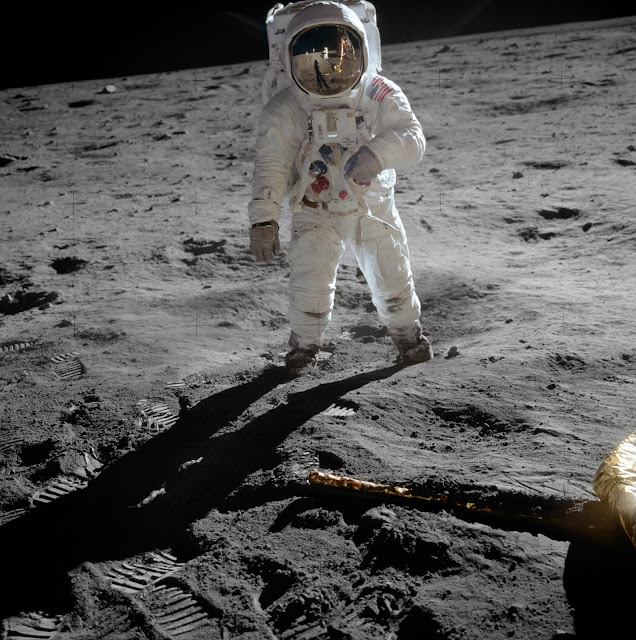"Only you can prevent forest fires!"
You're familiar with that phrase, right? Of course you are. In fact, 95% of adults in the United States recognize that phrase and know where it comes from. It's Smokey Bear's trademark rallying cry.
Smokey Bear was created in 1944 by the U.S. Forest Service to cut back on forest fires while most able-bodied potential firefighters were otherwise occupied. A few years earlier, Japan had actually staged an air raid in Oregon in order to make a wildfire happen. Fortunately, the pilots goofed up, dropped their incendiary bombs from the wrong altitude, and made it pretty easy for the local rangers to keep the situation under control.
It sure as hell got the country worried, though. First of all, Japan pulled off the first ever air raid on the continental United States. I mean...shit, right?
 |
| Not what you'd call an ideal situation |
Secondly, the fire issue was brought to the forefront. Since there wasn't enough manpower to fight a full-blown wildfire, something had to be done to prevent them. Someone had to step up and make sure that the potential catastrophe of an unopposed wall of hellfire would never come to pass. Who do you suppose that someone was?
 |
| I'll give you two guesses. |
Yeah. You. But Smokey Bear was the one to bring the message.
Named after "Smokey" Joe Martin, a New York City firefighter who suffered severe burns and blindness while rescuing fire victims, Smokey Bear became the face of fire safety in the wilderness. His legacy is one of the most successful (if ever so slightly misguided) PR campaigns in American history.
It probably helped that a real bear was given the name "Smokey" after being rescued from a tree during a wildfire. He was only a cub at the time, and he suffered severe burns to his wittle pawsies, which made the nation coo in solemn empathy. After his rescue, he was moved to the National Zoo, where he lived out his remaining 26 years in peace and comfort.
 |
| They even gave him a honey tree, and they left out the bees! |
Are you wondering about that "misguided" parenthetical a few paragraphs back? Don't worry, I'm getting to that.
The thing about forest fires is that they've been happening since long before human beings existed. Conditions get dry sometimes, and lightning causes sparks, and those things together can result in quite the conflagration. Some forests have adapted to fire so thoroughly that their trees can't reproduce without it. Closed-cone pine forests require intense heat for their cones to open and release seeds.
 |
| Playing hard to get, eh? |
Brush fires in other forests serve the important and obvious purpose of clearing out the brush. Brush is basically kindling. With small and regular brush fires, the kindling never bunches up to the dangerous levels necessary for catastrophic wildfires.
With that it mind, there's a bit of a conundrum with a famous anthropomorphic bear telling everyone to prevent forest fire, seemingly at all costs and with no exceptions. His message worked so well, in fact, that some forests have gone without fire for far too long. Local governments, made up of people who took Smokey's word as gospel, prevented the kind of fires that their forests desperately needed. That's part of the reason there are so many disastrous fires in the West in recent years.
Nowadays we have controlled burns to try to keep that shit from getting out of hand, and Smokey has lightened up a bit as a result. Instead of asking us to prevent all forest fires, he now specifies wildfires as the ones we want to avoid. And we do it, too. We prevent human-caused wildfires. We have fire safety drilled into our heads because a cute little bear told us to.
Holy shit.



.jpg)








